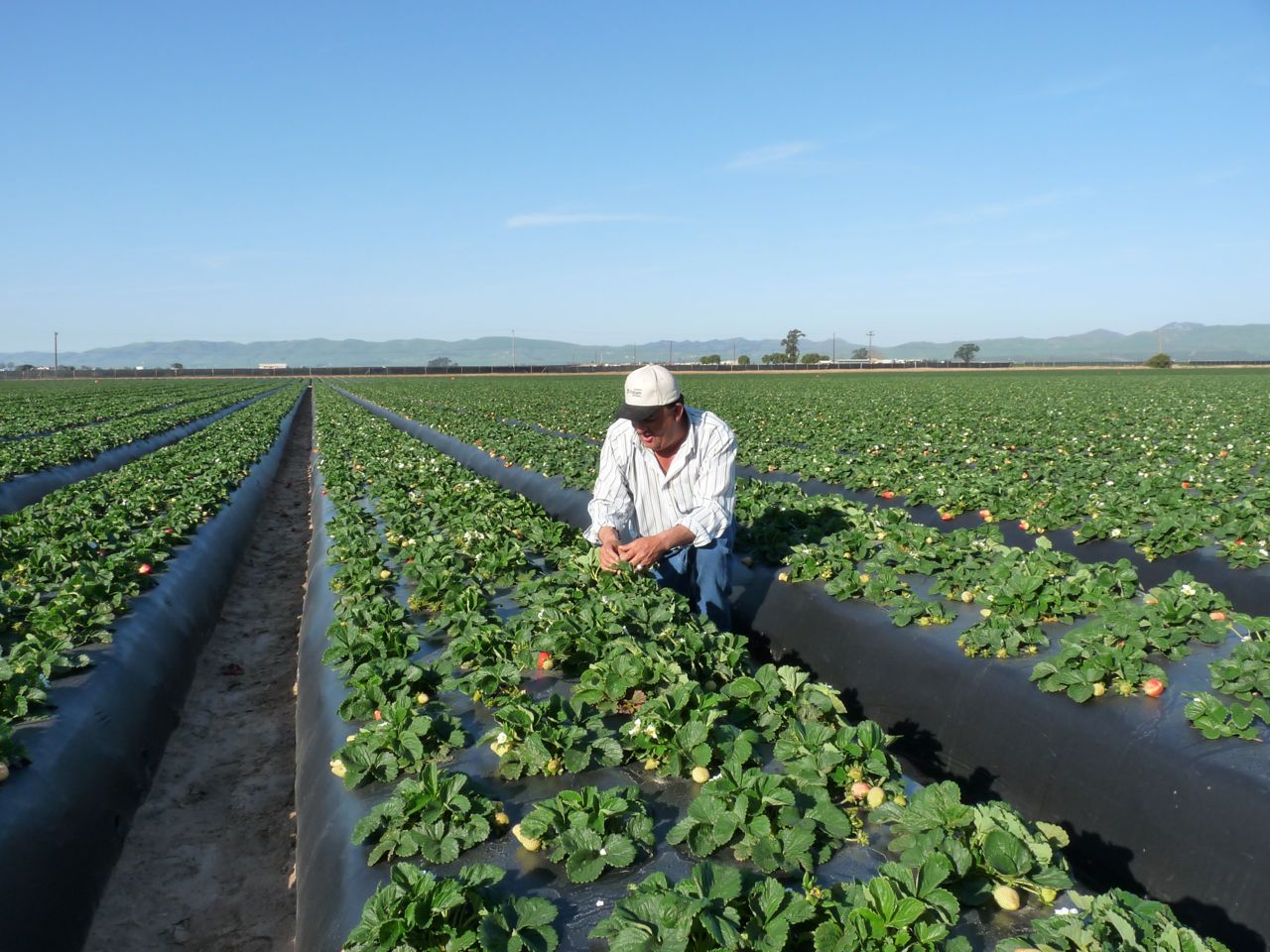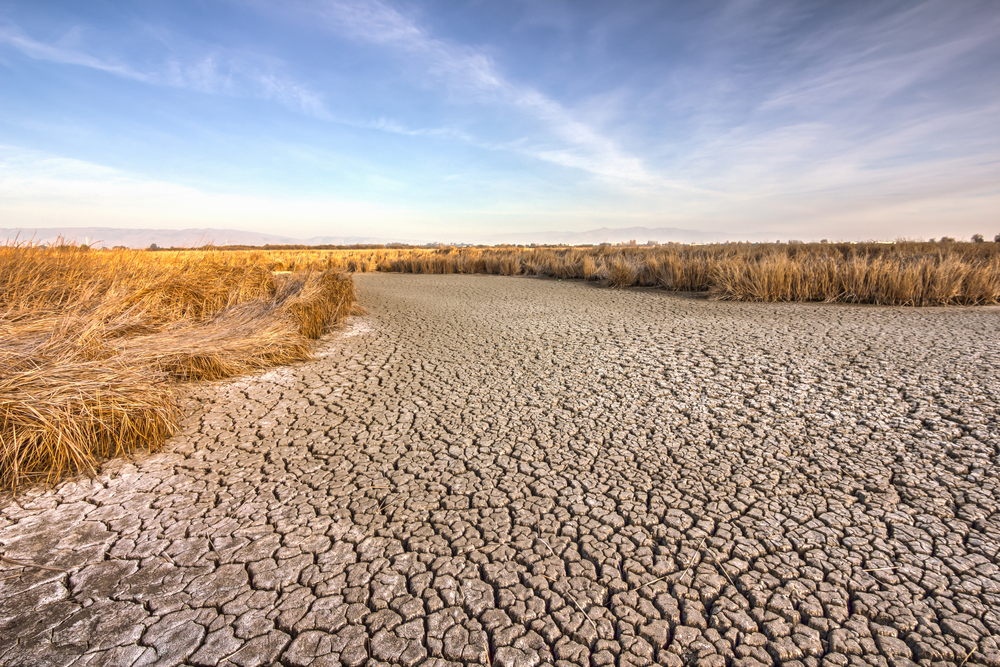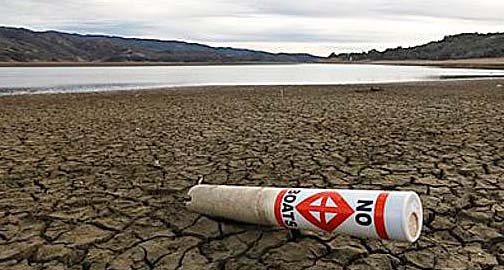DPR Scientists Say Most Fresh California Produce Tested Has Little/No Detectable Pesticide Residues
The California Department of Pesticide Regulation (DPR) announced that once again, the majority of produce it tested annually had little or no detectable pesticide residues and posed no health risk to the public. 95 percent of all California-grown produce, sampled by DPR in 2013, was in compliance with the allowable limits.
“This is a vivid example that California fresh produce is among the safest in the world, when it comes to pesticide exposure,” said DPR Director Brian R. Leahy. “DPR’s scientifically robust monitoring program is an indication that a strong pesticide regulatory program and dedicated growers can deliver produce that consumers can have confidence in.”
DPR tested 3,483 samples of different fruits and vegetables sold in farmers markets, wholesale and retail outlets, and distribution centers statewide. More than 155 different fruits and vegetables were sampled to reflect the dietary needs of California’s diverse population.
Of all 3,483 samples collected in 2013:
- 43.53 percent of the samples had no pesticide residues detected.
- 51.51 percent of the samples had residues that were within the legal tolerance levels.
- 3.99 percent of the samples had illegal residues of pesticides not approved for use on the commodities tested.
- 0.98 percent of the samples had illegal pesticide residues in excess of established tolerances. A produce item with an illegal residue level does not necessarily indicate a health hazard.
Each piece of fruit or vegetable may legally contain trace amounts of one or more pesticides. The amount and type of pesticide (known as a tolerance), is limited by the U.S. Environmental Protection Agency. DPR’s Residue Monitoring Program staff carries out random inspections to verify that these limits are not exceeded.
The produce is tested in laboratories using state-of-the-art equipment operated by California Department of Food and Agriculture (CDFA). In 2013, these scientists frequently detected illegal pesticide residues on produce including:
- Cactus Pads from Mexico,
- Ginger from China,
- Snow Peas from Guatemala and
- Spinach from the US
Most of the 2013 illegal pesticide residues were found in produce imported from other countries and contained very low levels (a fraction of a part per million). The majority of the time they did not pose a health risk.
One exception occurred in 2013 when DPR discovered Cactus pads, imported from Mexico, that were tainted with an organophosphate-based pesticide. This had the potential to sicken people. DPR worked with the CA. Dept. of Public Health to issue an alert to consumers in February 2014. DPR also worked diligently to remove the entire product it from store shelves and distribution centers. In addition, DPR asked the US Food and Drug Administration to inspect produce at the borders and points of entry to stop shipments into California.
California has been analyzing produce for pesticide residues since 1926 and has developed the most extensive pesticide residue testing program of its kind in the nation. The 2013 pesticide residue monitoring data and previous years are posted at: http://www.cdpr.ca.gov/docs/enforce/residue/rsmonmnu.htm


















